Confined Spaces – an introduction.
Your questions answered
Whether it is one of the daily hazards faced in your industry, or a one-off situation you need to contend with, planning for the worst-case scenario is essential before entering any confined space.
Expert reports suggest that every year in the UK around 15 workers are killed or seriously injured while carrying out their job in a confined space. The Confined Spaces Regulations 1997, describe the range of requirements which employers must fulfil when working in these areas.
Information available about working in confined spaces is complex and the difficulties can feel insurmountable, however with specialist advice, planning and monitoring, and good quality equipment, the job can get done.
Asking all the right questions before going into a confined space is the best route to safety. Check through our list of basic questions to make sure you are fully aware of the dangers which might be encountered and can cover every possible situation before the unthinkable happens.
What is a confined space?
You might imagine a confined space to be small and completely enclosed, but this is not the case. A hazardous confined space is any size of partially or fully enclosed space which offers the potential for build up of hazardous substances or dangerous conditions.
Where are you likely to find confined spaces?
Confined spaces may be storage tanks, silos enclosed drains or sewers, chambers within machinery such as wind turbines, combustion chambers or ductwork. They may also be less closed-off spaces, such as poorly ventilated rooms, open topped chambers, vats or other vessels. Anywhere offering the possibility of gas accumulation or oxygen starvation can be regarded as a confined space.
What hazards might be encountered?
In many confined spaces other processes going on can cause production of gases, such as the biological breakdown processes in septic systems which create hydrogen sulphide. Alternatively, some materials can react with oxygen, using it up in the reaction and causing a deficit. An example of this would be rust formation where iron, water and oxygen react to form iron oxide.
Accumulations or depletions of gas can lead to extreme hazards in a number of ways.
- Explosive conditions, where gas acts as an accelerant to fire.
- Asphyxiation – from oxygen deprivation or gases such as carbon monoxide which prevent the body from using oxygen.
- Poisoning – many gases, including excess oxygen can lead to unconsciousness/nerve damage and worse.
- Lung damage
Confined spaces may also be difficult to exit in an emergency and may be at height. The space could be at risk of flooding, by gases or liquids, it may be dark and inaccessible and possibly located in a remote area.
What should you do first?
A full assessment of the confined space is essential to identify all hazards present as well as an assessment of the need to enter at all. Can work be carried out from outside the space? Can it be modified so entry is unnecessary? Can remote equipment be used? If entry cannot be avoided, always consider mitigation of hazards first. Can the space be ventilated or drained?
It is then important to plan for every eventuality. This includes arranging for someone to remain outside the confined space to communicate with those inside and to set in motion any emergency recovery plans.
Anticipate all hazards involved before entry.
Your risk assessment should include identification of any gases involved and a full understanding of the likely results if these are inhaled. Remember that any work carried out may in fact create new hazards. Identify all the precautions you will need to take to reduce injury risk and exactly how rescue will be carried out in the event it is required.
What equipment will you need to enter a confined space?
A confined space PPE checklist will include:
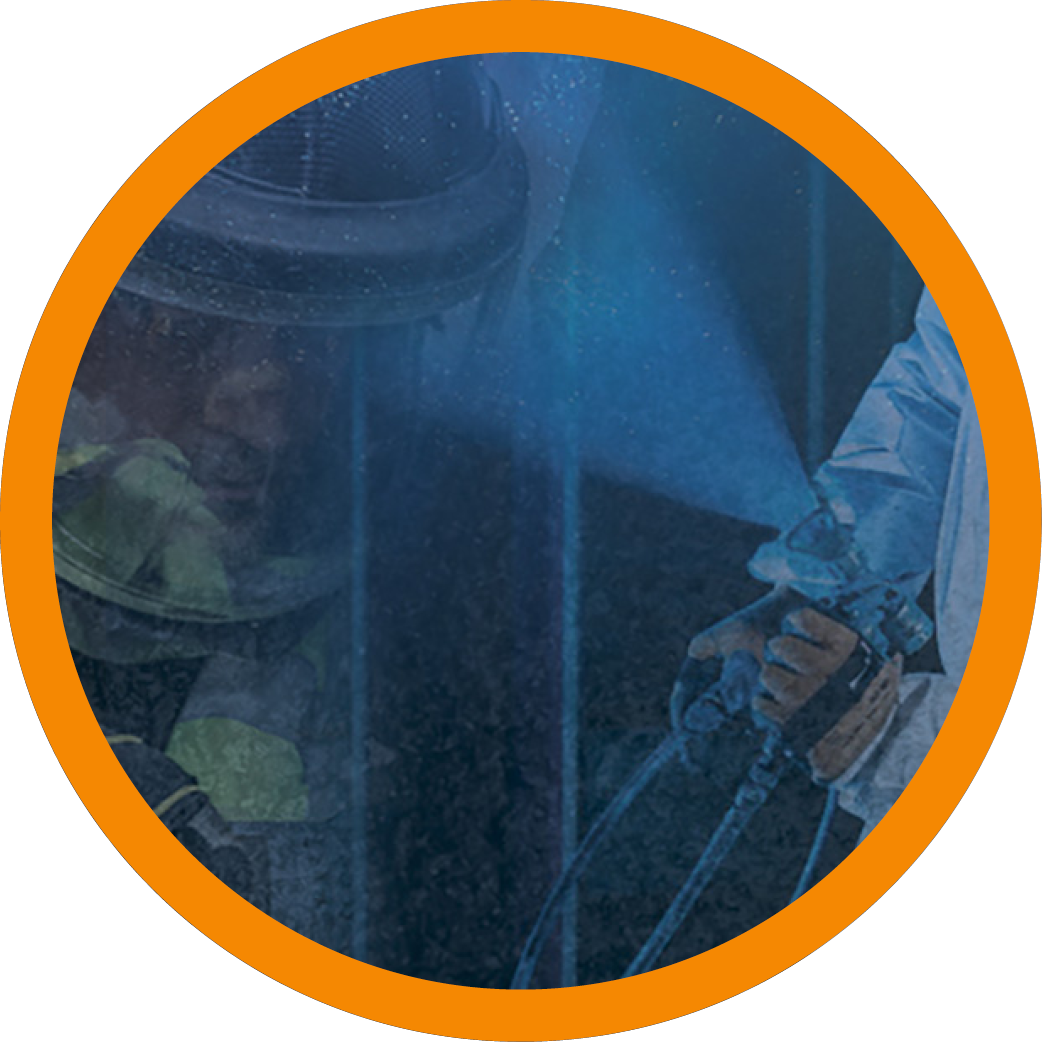
| ATEX Rated RPE: Consider the space involved and how work will be carried out. Will waist mounted or integrated head mounted PAPR be most effective? Check out our Expert Insight to help you decide. Will self-contained breathing apparatus (SCBA) be more appropriate? Or is entrance so restricted that an airline solution is the only viable option. Ensure that any equipment is ATEX rated to avoid sparks igniting an explosive fire. (All tools used should be non-sparking.) And make sure that you have the correct filters to provide purified air from your PAPR. More info |

| Head Protection/Eye and Face Protection: These may form part of your respiratory solution – See the Pureflo ESM+ for an example. More info |
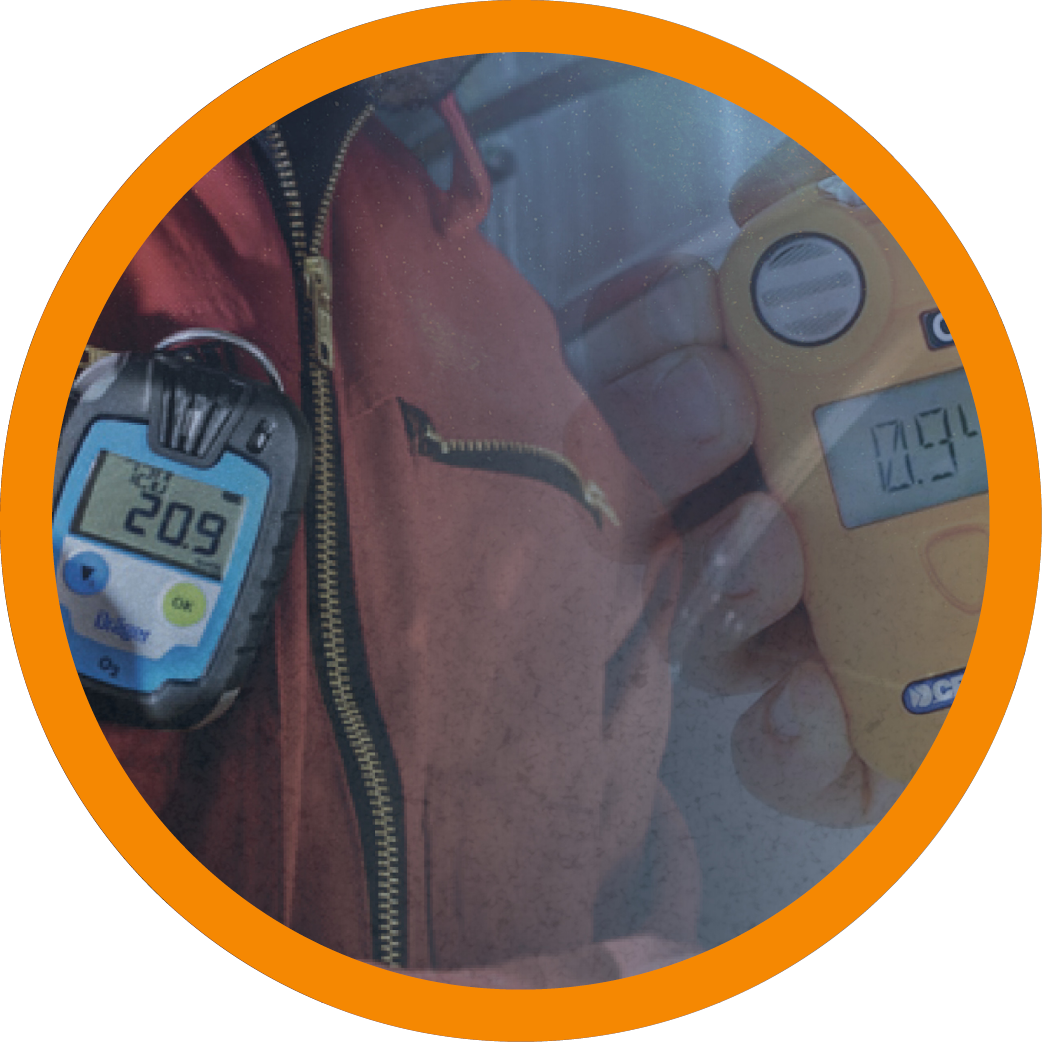
| Gas Detection: Constant atmospheric monitoring of the gases around you is important, to be aware of the risk of poisoning or explosion, as is wearing the gas monitor at the right level in case gases pool at low levels undetected or rise upwards towards the head and respiratory entry. Check out our Gas Detection Specialist Insight to learn more. More info |
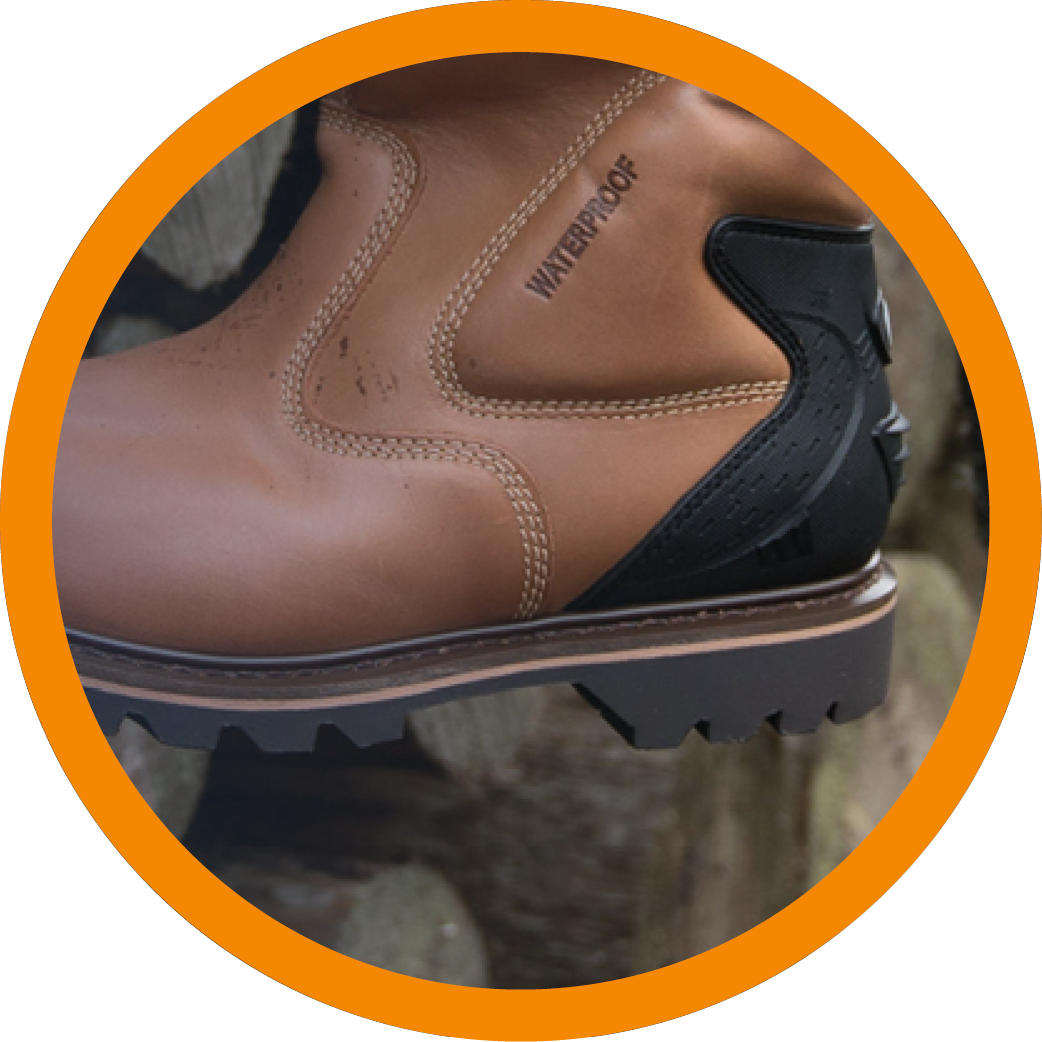
| PPE - Including Hand and Foot Protection: With slip resistant soles, appropriate gloves for the task at hand and correct coveralls or protective clothing for the hazards involved. Hand Protection Foot Protection |
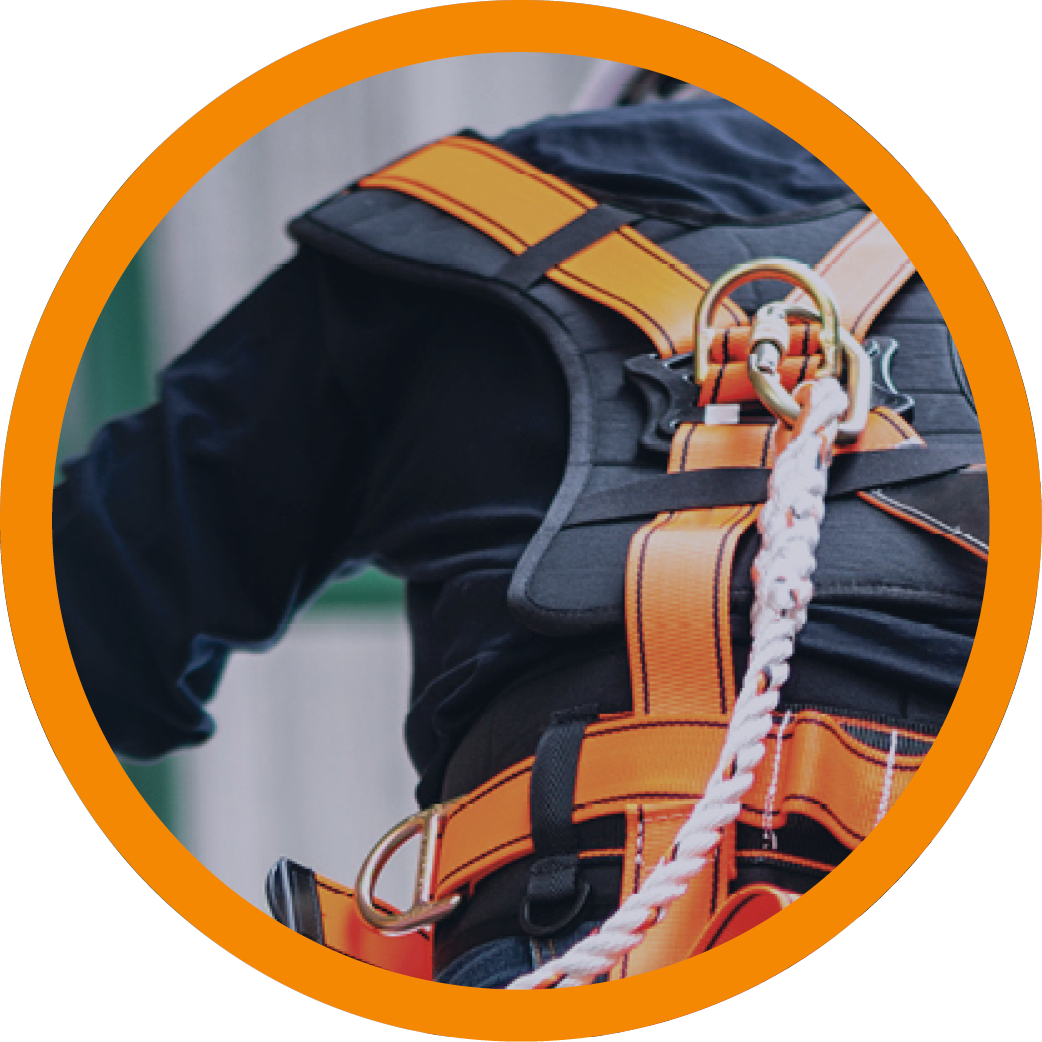
| Fall Protection: Harnesses and fall arrest equipment should be used to ensure safe working and simple evacuation in the case of an accident. More info |
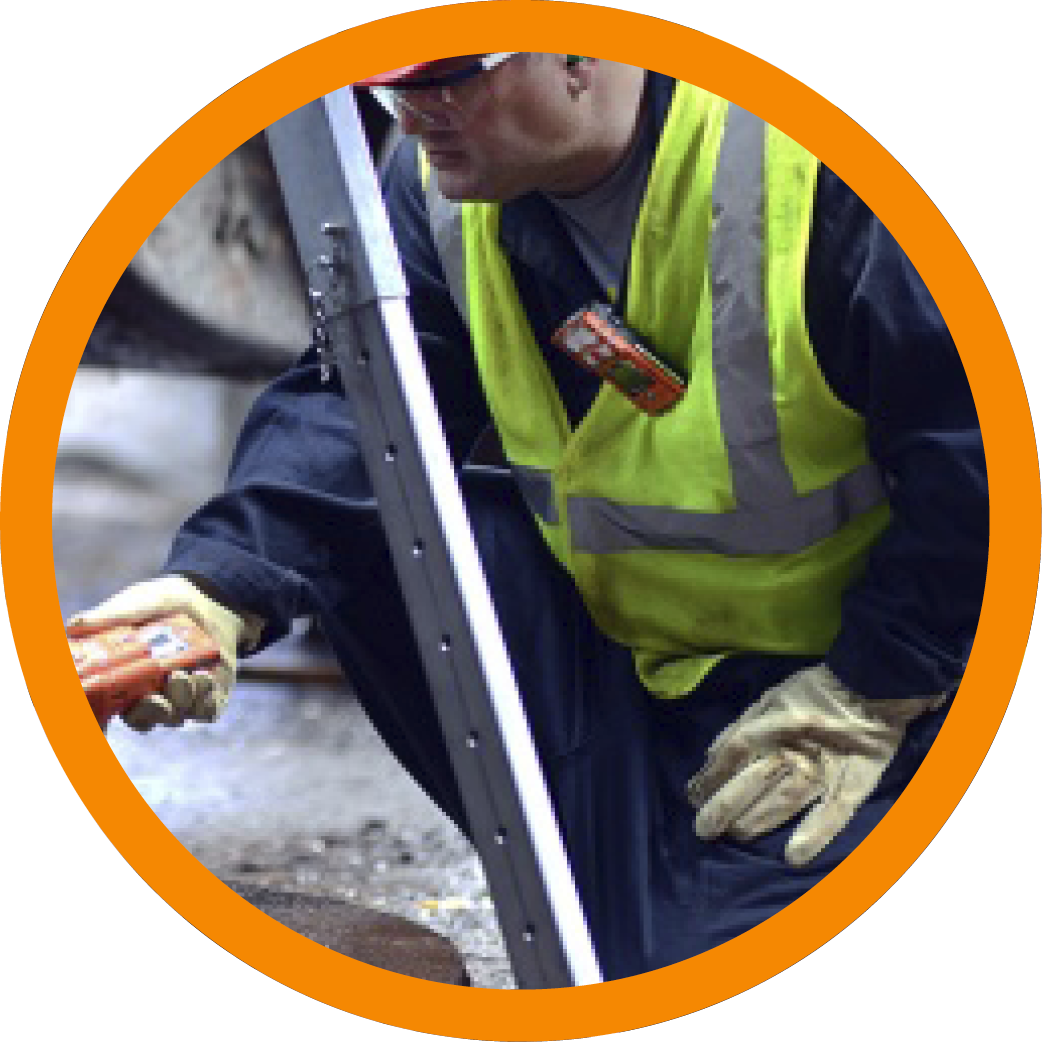
| Communications Equipment: Constant communication with somebody outside the confined space makes good safety sense, so that they can raise an alarm and instigate rescue procedures if necessary. All those inside a confined space should have the means to sound an alarm and contact help. |
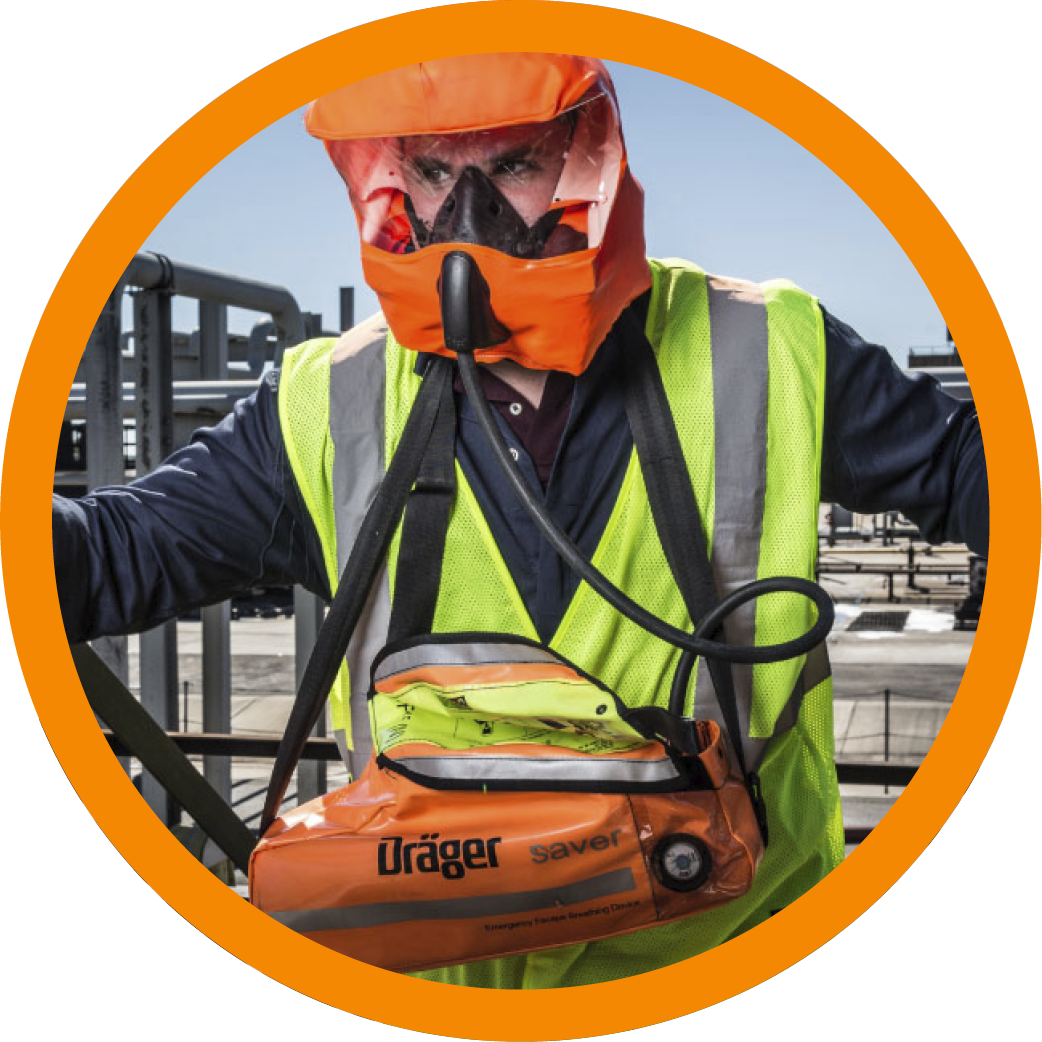
| Emergency Escape Apparatus: Including emergency respiratory protection such as the Drager Escape Breathing Apparatus, winches, fire-fighting equipment and essential resuscitation and first aid equipment. Remember that rescuers also need to be protected from the hazards involved. More info |
All equipment used in entering a confined space should be fully checked and maintained on a regular basis, particularly escape equipment which may not be used regularly, batteries for PAPR and filters which may have a limited shelf life.
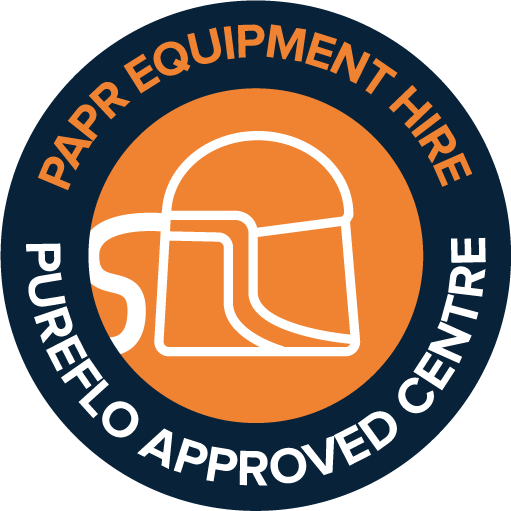
Do you only have an occasional need for confined space equipment, such as PAPR?
Many of the injuries sustained in confined spaces happen because they are not entered on a regular basis and protocols for entry are not followed. If your have only a one-off or short term need to enter a confined space, then consider hiring your PAPR from the experts at Anchor Safety Services.
Find out more about hiring
Anchor Safety Services Experts can help you formulate a full plan to ensure the safety of your people in enclosed spaces – contact them now if you would like to discuss your particular needs. Additionally, here are some of our specialist resources which are available free of charge to support you:
Related Guides & Insights
Where to start with Respiratory solutions –
Download our RPE Guidebook here
Safe respiratory solutions for those with beards, piercings or spectacles –
Download our Guide to respiratory protection for those with beards here.
Where to start with Gas detection –
Check out our Expert Insight here.
Essential links:
HSE guidance on Confined Spaces:
https://www.hse.gov.uk/pubns/indg258.pdf